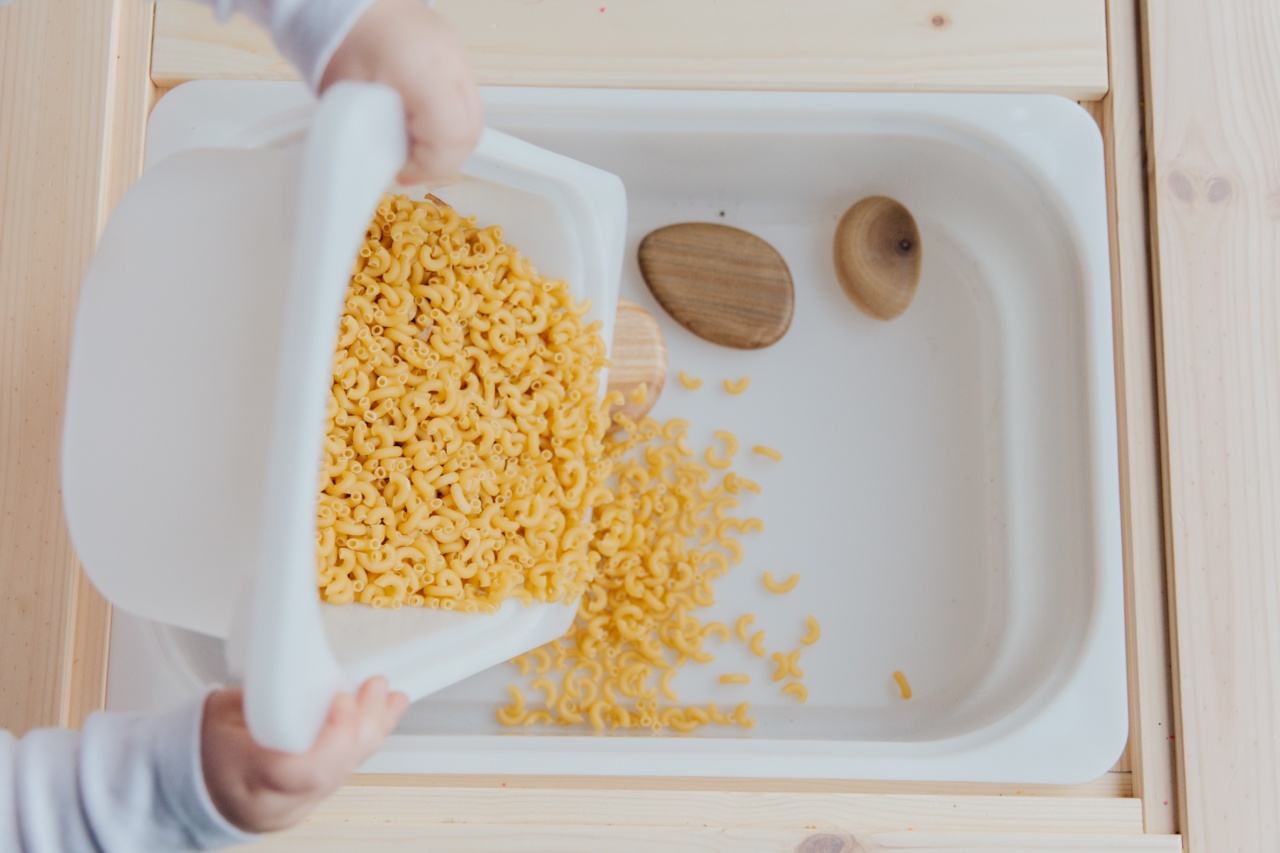Child development is a complex and fascinating process that begins at infancy and continues through adolescence. It encompasses various physical, cognitive, emotional, and social changes that occur as a child grows and matures.
Understanding these stages of child development is crucial for parents, educators, and caregivers to provide appropriate support and nurture a child’s overall development.
Infancy: The First Year
The infancy stage spans from birth to approximately 12 months, and it is a period of incredible growth and rapid development.
During this time, infants experience significant physical changes such as weight gain, motor skill development, and sensory exploration. They learn to roll over, sit up, crawl, and eventually walk, usually by their first birthday.
Cognitive development in infancy is marked by sensory perception, recognition of familiar faces and objects, and the development of early language skills. Babies start to babble, imitate sounds, and eventually say their first words.
They also form emotional attachments to their primary caregivers and develop trust and security in their relationships.
Socially, infants begin to engage in simple interactions with others, smile, laugh, and respond to gestures and expressions. They also show an increasing interest in their environment and explore objects around them using their senses.
Toddlerhood: 1-3 Years
Toddlerhood encompasses the period from one to three years of age. These years are characterized by tremendous growth, both physically and mentally. Toddlers become more independent, mobile, and active during this stage.
They refine their motor skills, become proficient at walking, running, and climbing, and develop greater coordination and control over their bodies.
Cognitively, toddlers exhibit rapid language development and an increased ability to understand and express themselves. They start combining words into short sentences, ask questions, and engage in imaginative play.
Their curiosity and desire to explore the world around them also intensify, leading to enhanced problem-solving skills.
Socially, toddlers begin to interact with peers, whether through parallel play or simple cooperative activities. They start to develop a sense of self-identity and assert their independence, often leading to conflicts and tantrums.
They also become more aware of societal expectations, rules, and boundaries.
Early Childhood: 3-6 Years
The early childhood stage, spanning from three to six years, is a crucial time for a child’s development. Physical growth continues, but at a slower pace.
Gross motor skills further improve, allowing children to ride bicycles, skip, and participate in sports. Fine motor skills develop, enabling them to hold pencils and write, cut with scissors, and tie shoelaces.
Cognitively, this period is characterized by rapid cognitive growth. Children’s language skills expand significantly, allowing them to engage in meaningful conversations and express complex thoughts.
They become increasingly curious about the world and ask numerous questions. Their memory and concentration also improve, aiding in early literacy and numeracy development.
Socially, children in this stage learn to navigate social interactions and form friendships. They develop empathy and understand the feelings of others. They also develop a sense of moral reasoning, grasping concepts of right and wrong.
Pretend play becomes more sophisticated, reflecting their growing imagination and creativity.
Middle Childhood: 6-12 Years
Middle childhood, also known as the elementary years, spans from six to twelve years of age. This stage is marked by key physical, cognitive, and social changes. Physically, children experience steady growth and refinement of motor skills.
They become more coordinated and agile, participating in team sports and other physically demanding activities.
Cognitively, children in middle childhood further develop their language and literacy skills. Their reading and writing abilities improve, along with their understanding of more abstract concepts.
They also begin to develop problem-solving and critical thinking skills, allowing them to tackle increasingly complex academic tasks.
Socially, peer relationships become increasingly important. Friendships are based on shared interests and activities, and children start to understand the dynamics of cooperation and negotiation.
They become more independent and self-reliant, taking on responsibilities and demonstrating their growing sense of autonomy.
Adolescence: 12-18 Years
Adolescence is a time of significant changes, both physically and emotionally. It typically begins around the age of twelve and lasts until approximately eighteen years old.
Adolescents undergo a growth spurt, with the onset of puberty leading to the development of secondary sexual characteristics. Their bodies undergo rapid changes, and their sexual and reproductive capacities mature.
Cognitively, adolescents experience substantial development in their abstract thinking and reasoning abilities. They are better equipped to understand hypothetical scenarios, think critically, and engage in more advanced problem-solving.
They explore their own identities, values, and beliefs, forming a sense of self that may continue to evolve throughout this stage.
Socially, peer relationships have a significant impact on adolescents. They seek to establish an individual identity separate from their families and often form strong bonds with friends who share similar interests and experiences.
They become increasingly aware of societal norms, peer pressure, and the desire for independence.
Conclusion
Child development is a fascinating journey that encompasses distinct stages from infancy to adolescence. Each stage is marked by significant physical, cognitive, emotional, and social changes.
By understanding and recognizing these stages, parents, educators, and caregivers can provide appropriate support and create an environment that promotes optimal development for children.




























